Working with After Effects opens up a multitude of creative possibilities, and masks are key tools in this. They allow you to make specific areas of layers visible or invisible, creating impressive visual effects. In this context, the integration of Illustrator is also significant - another powerful tool that helps you create complex shapes and designs that you can import into your After Effects projects. This guide aims to teach you everything important you need to know about masks in After Effects and the transfer from Illustrator in a structured form.
Key Insights
- Creating and editing masks
- Using different tools and techniques to shape masks
- Importing and editing Illustrator paths in After Effects
Step-by-Step Guide
Basics of Mask Creation
To get started with masks in After Effects, you first need a solid color layer as your base. This serves as the underlying layer for your masks. Create a new solid color layer that matches the size of your composition.
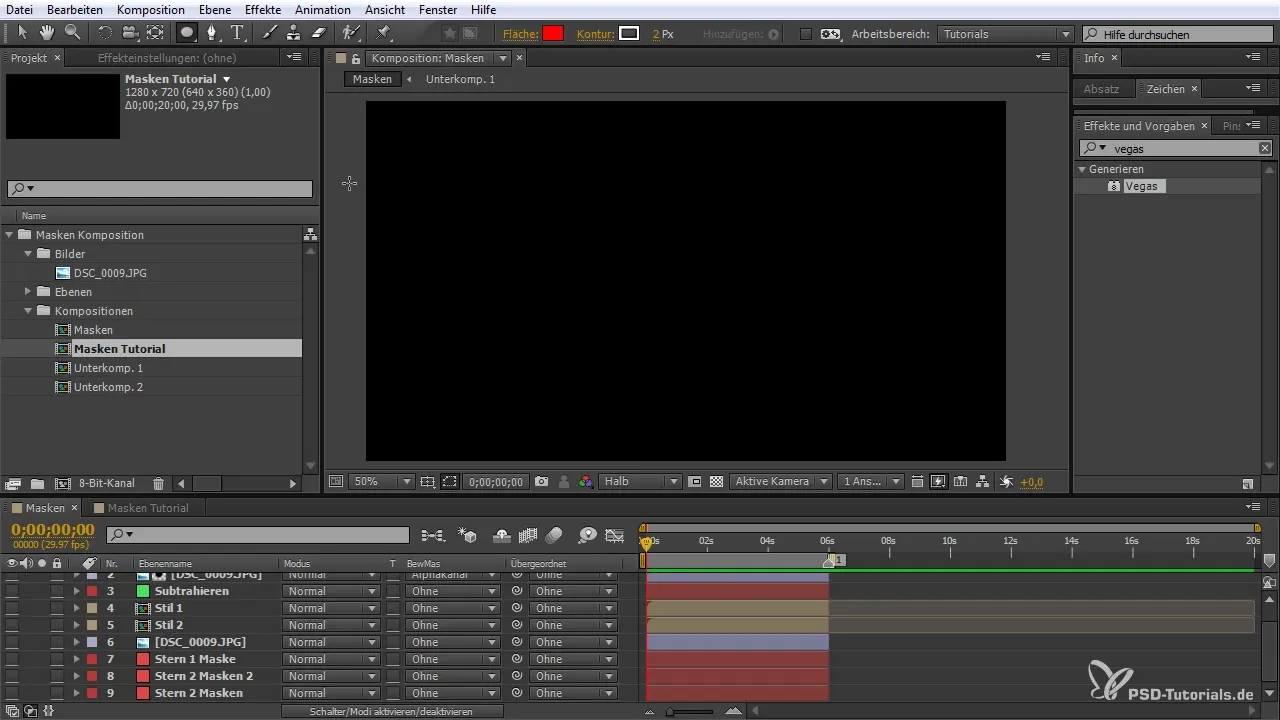
You can select the pen tool to create your first mask. Make sure you are working on the right layer; otherwise, you will just create a new shape. Close the mask by connecting the last point to the first.
Adding and Editing Mask Points
After you have created your first mask, you can use the mask tool to add additional vertices to your path. Click at the desired location in the middle of the mask to place a new point.
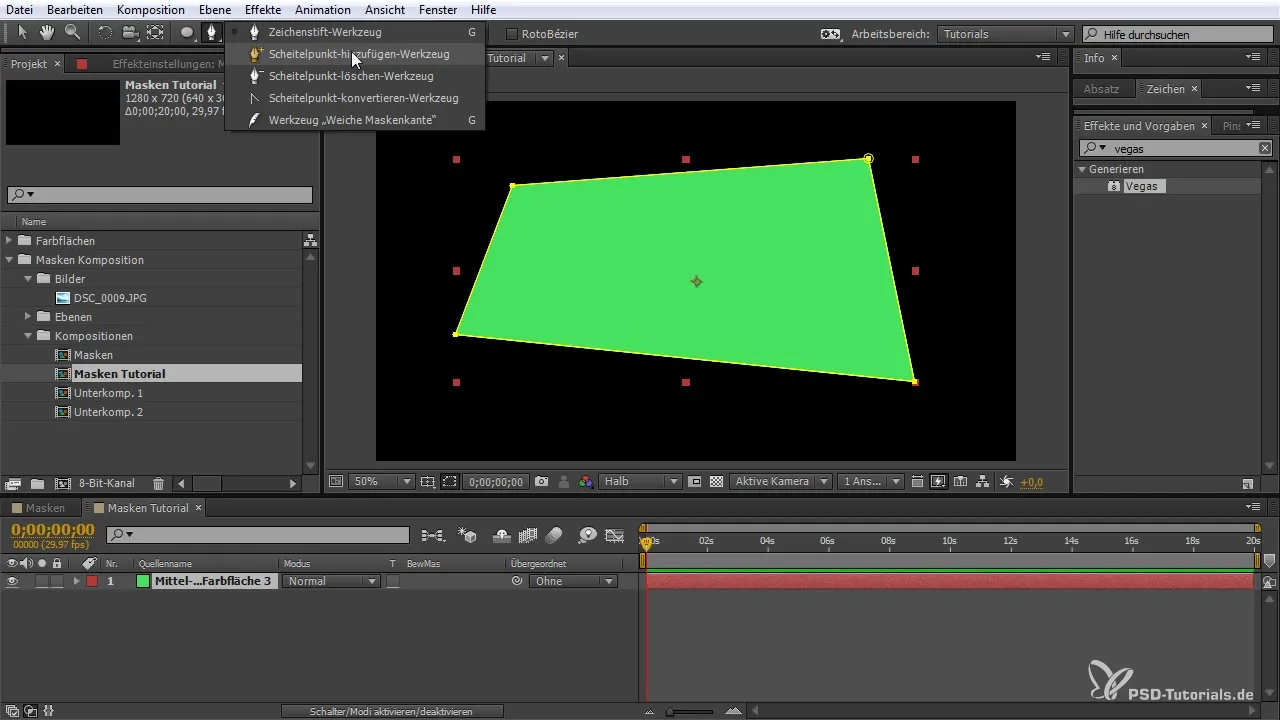
If you want to adjust an existing mask, you can use the handles. Hold down the Alt key to move only one handle and create different shapes. With this technique, you can design interesting and complex designs.
Soft Mask Edges and Adjustments
A new feature in After Effects allows you to soften the mask edge. Select the appropriate tool and determine how soft or hard you want the edge of your mask to be. This way, you achieve a smooth transition at the edges of your masks.
Additionally, you can retroactively add colors to the mask. Click on the mask's properties field and choose the desired color. The visibility of the mask can be adjusted through the layer's opacity.
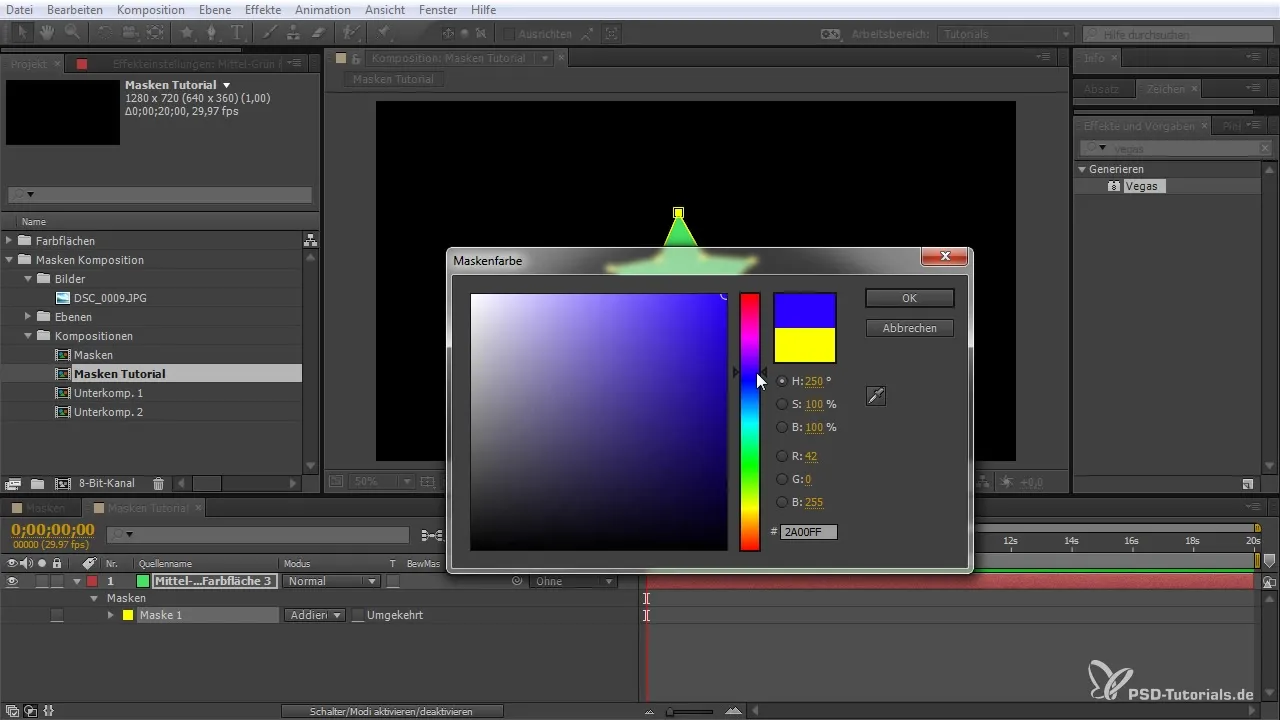
Importing Illustrator Paths
This is where Illustrator comes into play. You can directly import complex paths that you have created in Illustrator into After Effects. Copying and pasting the paths – Ctrl + C in Illustrator and Ctrl + V in After Effects – ensures that the shapes are integrated into your composition exactly as they are.
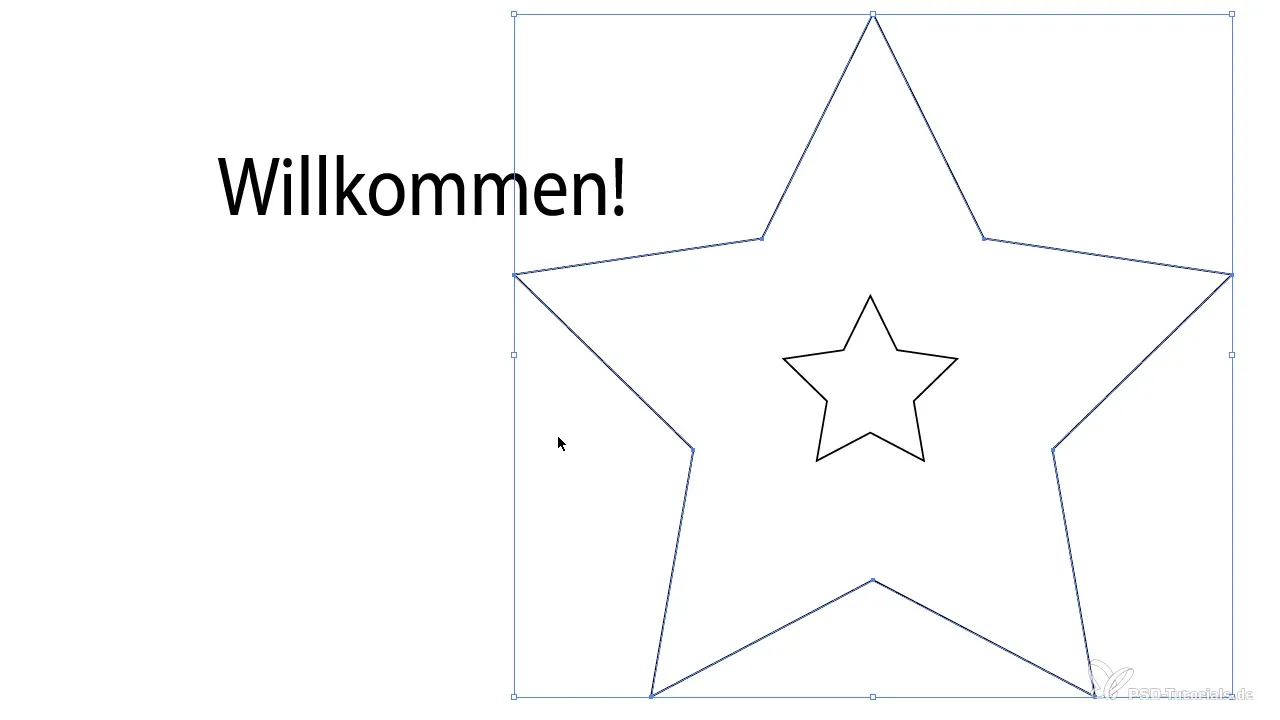
The transfer of these paths into After Effects allows you more precise control without losing proportions. To create an animation, you can set keyframes for the mask path and adjust the mask size over time.
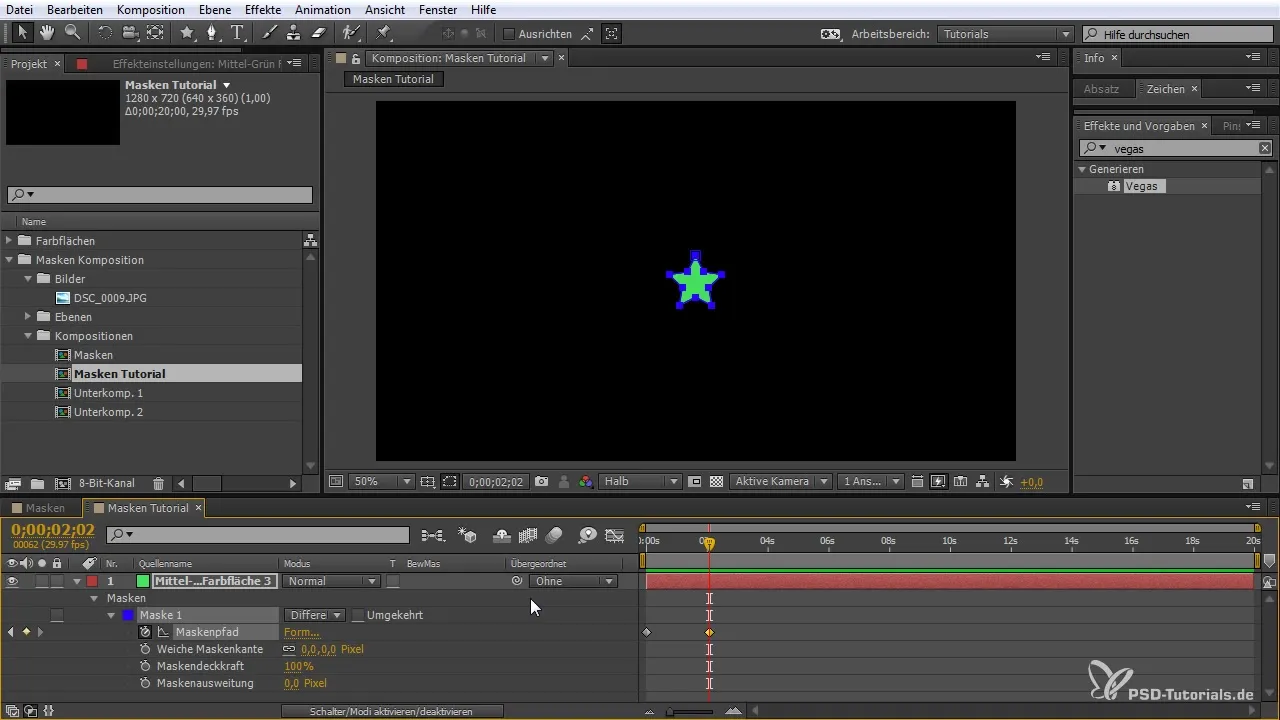
Animating and Combining Masks
Once your masks are set up in the timeline, you can animate them. Switch to the mask path and set keyframes to create movements. For example, you can select various keyframes with the Shift key and set them for a smooth animation without abrupt stops.
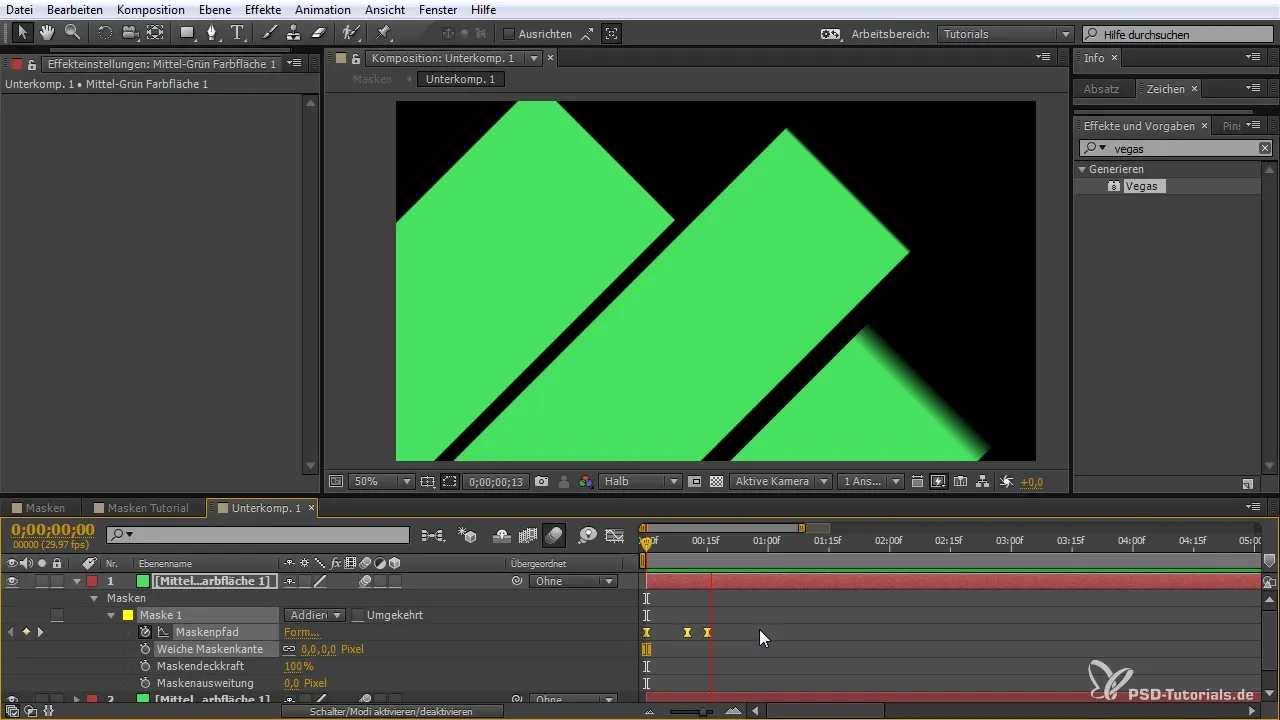
If you have multiple masks on different layers, you can combine and even merge them to achieve more complex animations. Using the alpha channel, you can overlay one mask over another, creating wonderful visual effects.
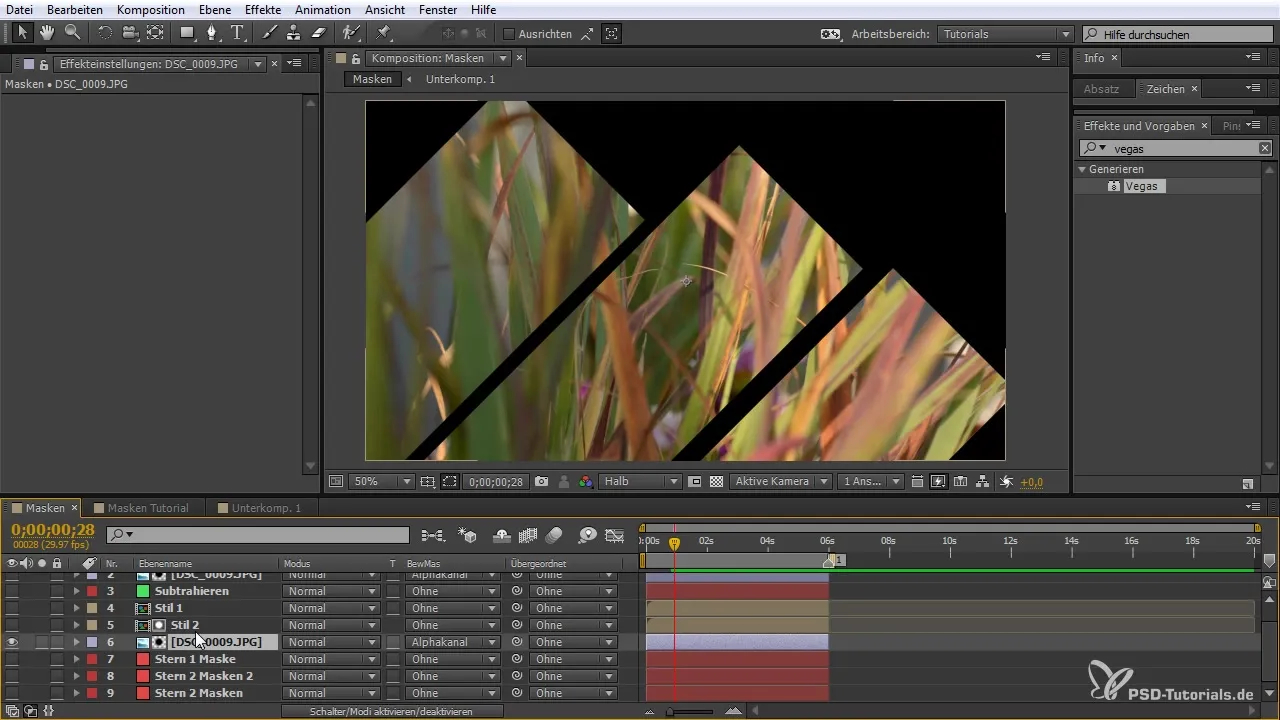
Summary - After the Tutorial "After Effects for Beginners: Masks and Transfer from Illustrator"
In this guide, you have learned how to effectively work with masks in After Effects and how to use them in combination with Illustrator. You have learned the basics of mask creation and editing, gained knowledge about different mask tools, and experienced the integration of Illustrator paths into After Effects to create impressive visual effects.
Frequently Asked Questions
What are masks in After Effects?Masks are areas made visible or invisible in a layer to achieve special effects.
How do I create a mask?Select the pen tool and draw the mask on a layer. Close the mask by connecting the last point to the first.
Can I animate masks?Yes, you can animate masks by setting keyframes for the mask path and changing their position over time.
How do I import shapes from Illustrator to After Effects?Copy the desired paths from Illustrator (Ctrl + C) and paste them into After Effects (Ctrl + V).
What happens to the proportions of my mask?When importing Illustrator paths, the proportions of your mask are preserved, making editing easier.## ##


